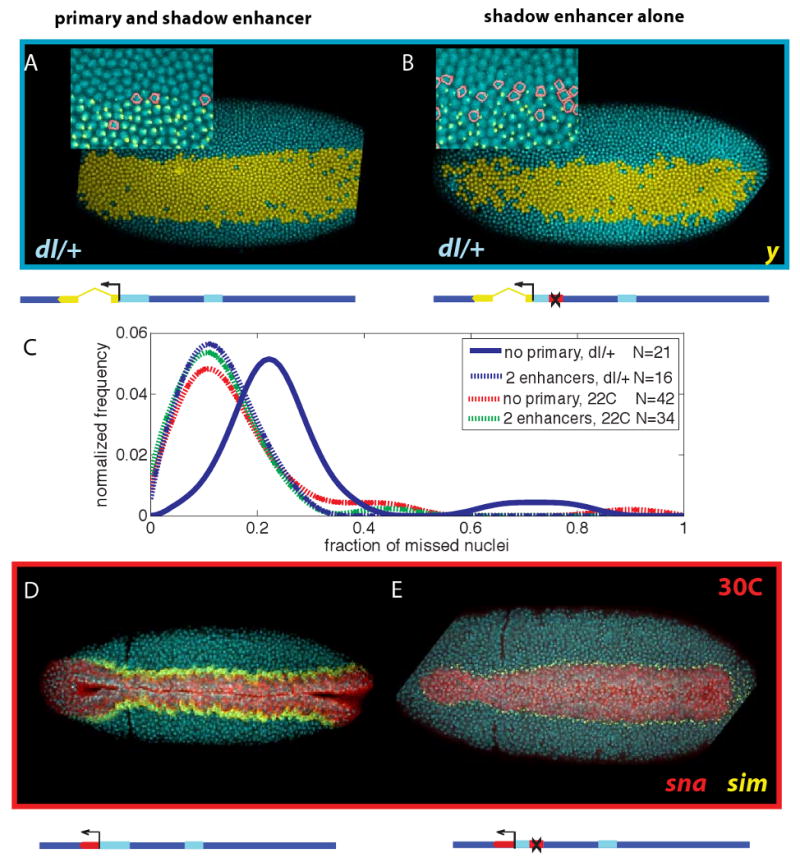Figure 4. The effect of intrinsic and extrinsic variability.

A. Embryos from dorsal heterozygote mothers raised at 25C show uniform yellow expression when driven with both enhancers. Only a few cells are lacking active expression (inset). B. Embryos with a single enhancer in this background show substantially greater loss of expression and ragged boundaries. C. The distribution nuclei which fail to maintain active transcription shifts to the right in the dorsal heterozygote background only for embryos lacking one of the enhancers. D. All observed embryos raised at 30C (N=28) from a population heterozygous for the BAC-constructs containing both enhancers gastrulate normally, forming a straight ventral furrow; note stage of development by presence of cephalic furrow. E. Some embryos from a similar population, but with only the single enhancer and raised at 30C show various defects in gastrulation (N=10 of 14). Note embryo stage by presence of cephalic furrow, yet lack of significant mesodermal invagination. The number of snail expressing cells anterior to the cephalic furrow is also reduced. Supplemental Figure 2 shows a range of defects observed in these embryos; a narrower pattern of anterior expression may result in delays in involution of anterior regions, and some exhibit a more erratic midline.
